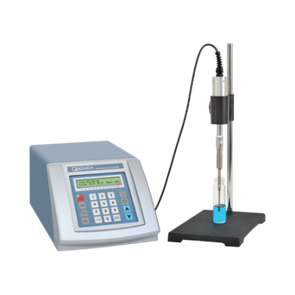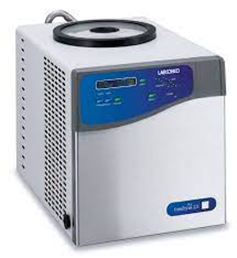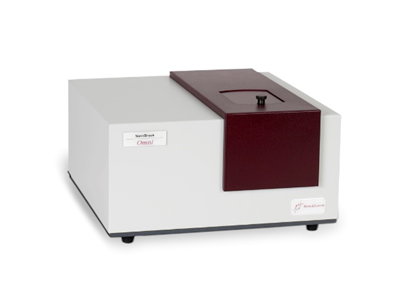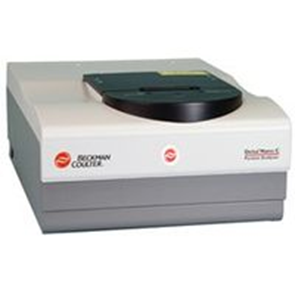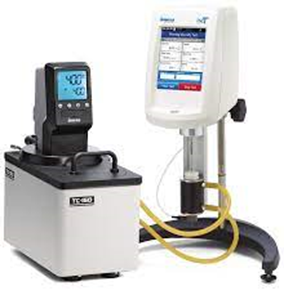Research
Formulation Strategies & Nanosolutions
Head
Catarina Rosado and Catarina Pereira Leite
 |
The Formulation Strategies and Nanosolutions Lab (FSNLab) aims to develop formulations providing optimized delivery, mainly for topical and transdermal administration. The group resorts to different strategies, such as those based on lipid-based nanosystems or on the use of novel and sustainable ingredients and biomaterials. The findings obtained in bioinspired nanoformulations for skin diseases characterized by barrier impairments paved the way to our current and future research goals, aiming to deepen the understanding of sustained and targeted delivery of drugs and bioactive compounds for skin application and beyond. The lab uses characterization, stability, and in vitro and in vivo functional assays to establish the quality, safety and efficacy of the formulations. |
Resources
|
QSONICA Q125 Sonicator
Production of nanosystems by ultra-sonication |
LABCONCO Freezone 2.5 Freeze Dryer
Freeze drying for aqueous formulations |
|
|
BROOKHAVEN NanoBrook Omni
|
BECKMAN COULTER Delsa Nano C
Characterization of size and polydispersity index of nanoparticles |
|
| BROOKFIELD DV3T Rheometer
Characterization of fluid viscosity at given shear rates with temperature control |
THERMO SCIENTIFIC Evolution 300
UV/Visible spectrophotometer |
|
|
HERMLE Z323K/Z36HK centrifuges
|
FRANZ DIFFUSION CELLS
|
Translational Capacities and Services
- Advanced training in strategies to assess the safety and efficacy of topical and transdermal formulations
- Advanced training in nanotechnology applied to cutaneous delivery
- Advanced training in percutaneous permeation assessment
- Services provided to ensure quality, safety and efficacy of topical and transdermal formulations
- Quality-by-Design strategies to develop optimized formulations
- Physicochemical characterization of nano-based formulations
- Stability studies
- In vitro release studies
- In vitro percutaneous permeation studies (human skin)

